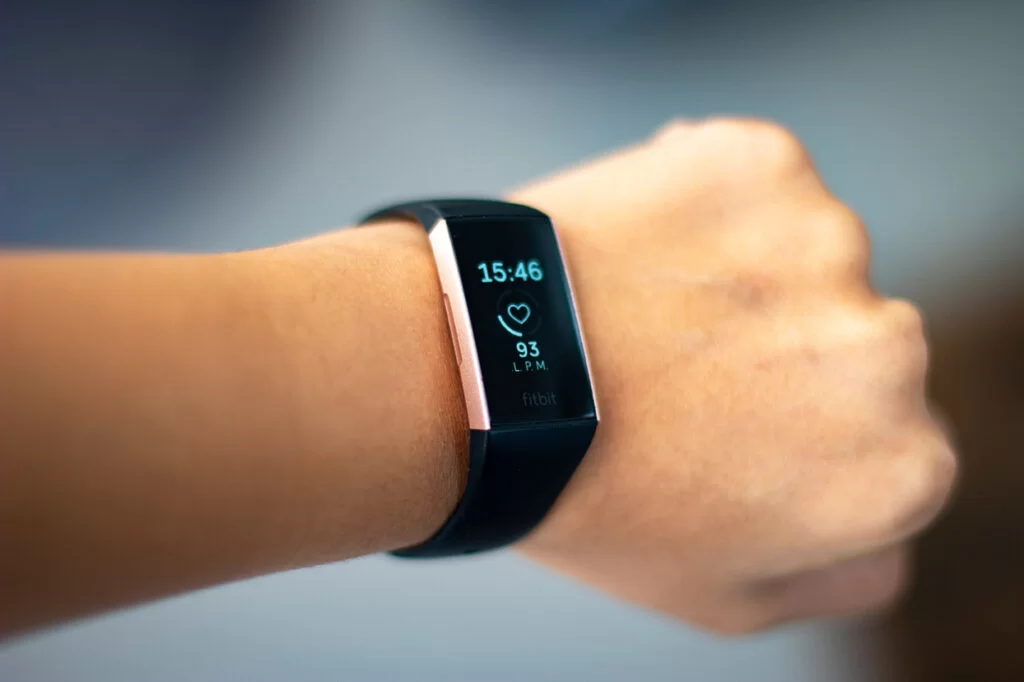Necessity and invention-we realize that they go hand in hand. Innovators will come up easily with products and innovations, even products built for completely new applications, when a disaster like the COVID-19 pandemic hits.
Like wearables, which are used instead of merely counting regular steps to identify early COVID-19 symptoms.

A recent article, reflecting early results from an ongoing review, has shown that 50 were diagnosed with COVID-19 among individuals wearing Oura brand smart rings on their fingers.
“For 38 of them, they had really clear episodes of a fever associated with elevated heart rate and increased respiration rates, but before they were reporting it,” said Benjamin Smarr, data scientist at the University of California, San Diego. Smarr is the lead author of the paper in the journal Scientific Reports.
Health Devices: Wyze unveils a $20 Smartwatch that monitors health controls smart home devices
Health Devices: Air quality and preventing infection
Predicting disease would be an unintended feature of the Oura device. And smartwatches and fitness trackers have also been found to provide early COVID warning signs, with strong data correlations, even for patients with no symptoms who can nevertheless spread the disease.
“We need to identify people as early as possible, before they really have a chance to spread the virus to their family, friends or colleagues,” said Giorgio Quer, director of artificial intelligence at Scripps Research.
Quer has co-published a separate study in Nature of wearables that appear strongly predictive of COVID-19 based on patterns of resting heart rate, activity level and quantity of sleep. Both publications are based on limited data and are part of broader, ongoing studies.
Wearable devices can also monitor social distancing. And this may just be the beginning for the public health uses of this consumer technology.
“Consumer wearable device makers and smartwatch makers are absolutely going to get into doing more of this,” said Robert Furberg, who studies technology and public health at the nonprofit RTI International. “There’s this compelling altruistic argument. And, I think, people will be interested in buying these devices.”
For now, different types of people who work in close quarters are trying out early warning smart devices in conjunction with researchers. The workers include nurses, retail and casino employees, and professional athletes.